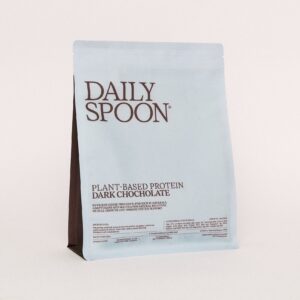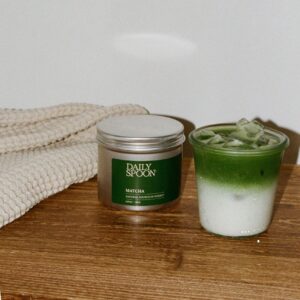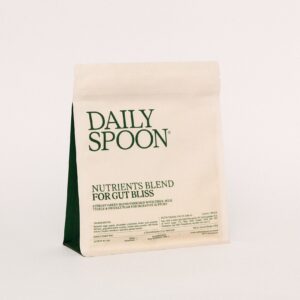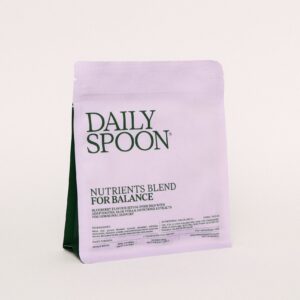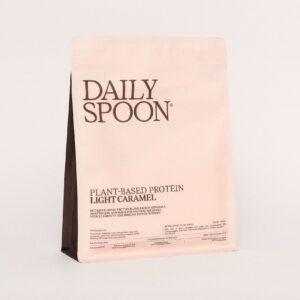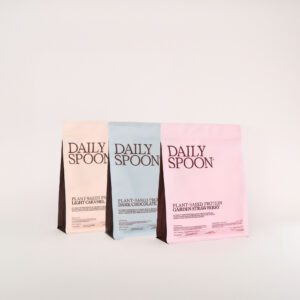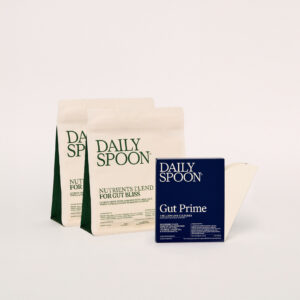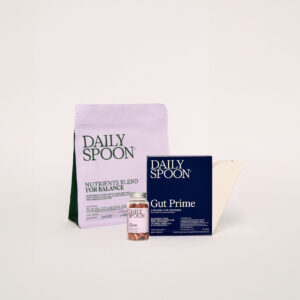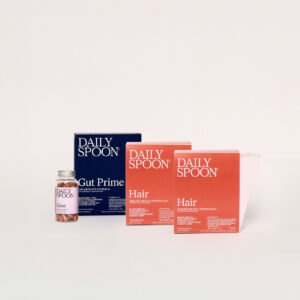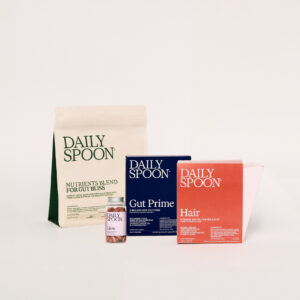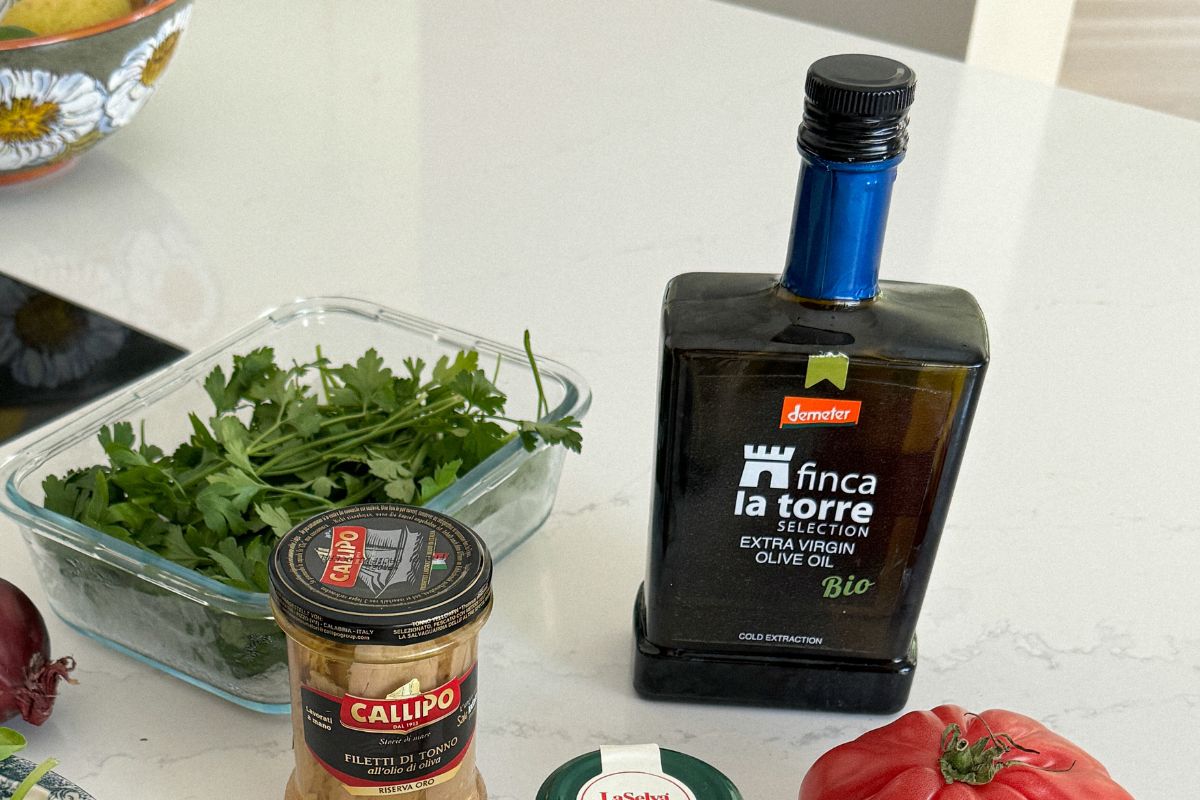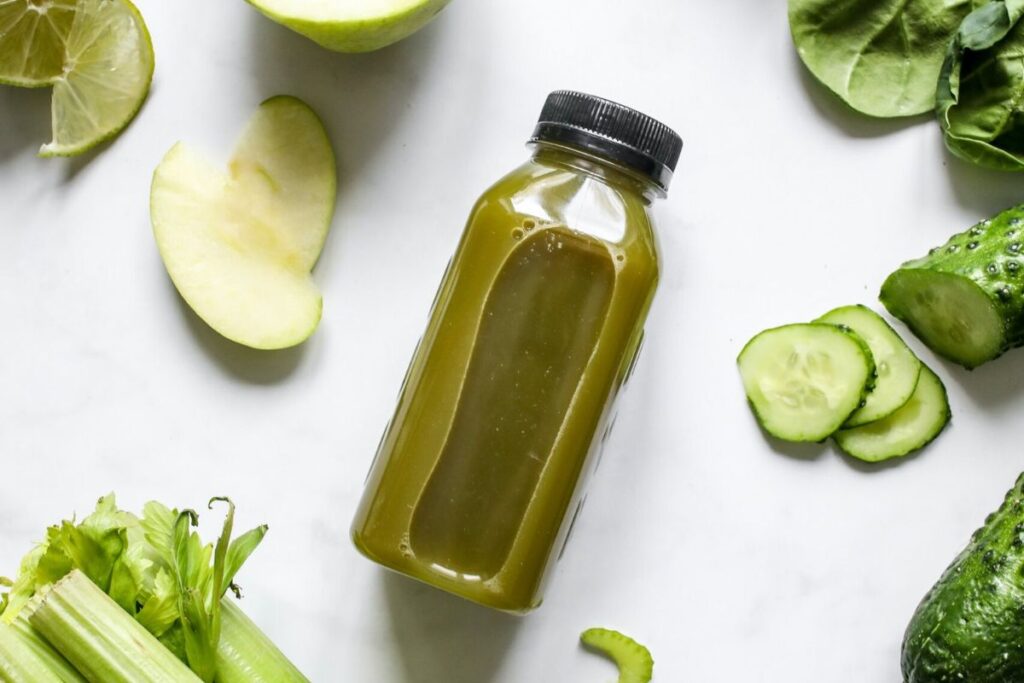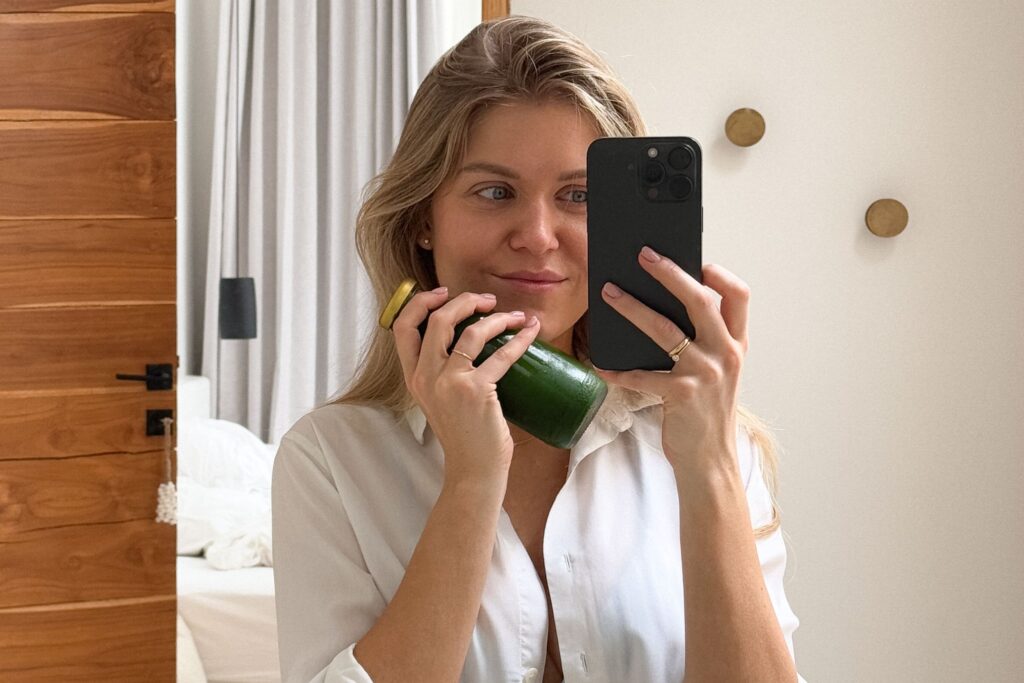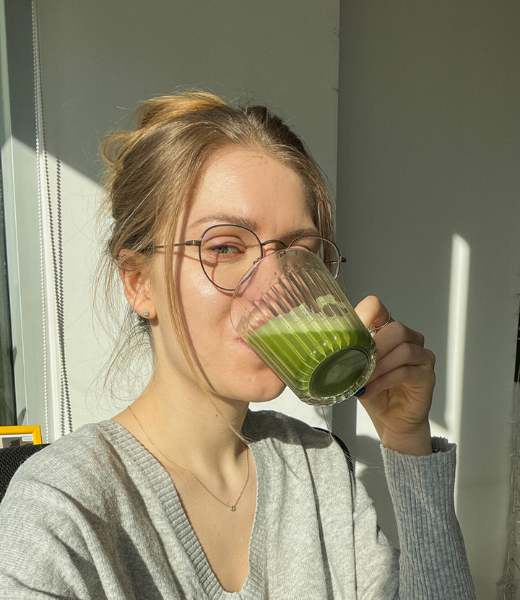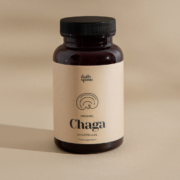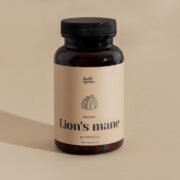When heating fats of animal or plant origin, they begin to break down at a certain temperature, producing harmful compounds that are toxic to the human body. Knowing this, we often face uncertainty about which oil to choose, so in this post we present a short “cheat sheet” of popular oils and their smoke points.
Avocado Oil
Smoke point: 270 °C
Flavor: buttery, avocado-like
This is one of the best oils for withstanding heat, so it is suitable for various types of cooking. It’s also a great source of vitamin E and “good” fats, with about 10 g of monounsaturated fat per tablespoon. The only downside is its higher cost.
Ghee (Clarified Butter)
Smoke point: 230 °C
Flavor: buttery
Ghee is made by slowly heating butter until the water evaporates and the milk solids lightly brown. This process enhances the buttery flavor. More than half of its fat content is saturated, so it’s not the most nutrient‑dense option, but it handles heat well.
Sunflower Oil
Smoke point: 230 °C
Flavor: neutral, lightly nutty
Often used because it’s reasonably priced, neutral in taste, and tolerates heat well. While this oil is not typically marketed as a “superfood,” it contains a good amount of monounsaturated fats and significantly less saturated fat.
Sesame Oil
Smoke point: 210 °C
Flavor: nutty, sesame taste
A foundation of Asian flavors — great in stews, dressings, and sauces. Its distinctive taste pairs well with soy sauce, rice vinegar, and a touch of honey. A small amount is ideal for stir‑frying or flavoring, but too much can overpower a dish.
Flaxseed Oil
Smoke point: 210 °C
Flavor: bitter, nutty
While it can be used at higher temperatures, it’s best in dressings or soups due to its stronger flavor. Because flaxseed is very rich in omega‑3 fatty acids and minerals, unrefined oil preserves these beneficial properties.
Coconut Oil
Smoke point: 176 °C
Flavor: light nutty coconut
This oil has surged in popularity over the past few years and is used in everything from skincare to cooking. For cooking, use low to medium heat. It’s a solid source of “good” fats and can replace butter in sweet baking as a more nutritious alternative. Try to choose unrefined options.
Extra Virgin Olive Oil
Smoke point: 170 °C
Flavor: slightly green, bitter, sometimes fruity
“Extra virgin” means the oil is unrefined and of higher quality. It contains a high level of monounsaturated fats plus many minerals and vitamins. Because of its lower smoke point, it’s recommended to use it at lower temperatures or as a finishing oil or dressing.
Hemp Oil
Smoke point: 165 °C
Flavor: nutty, somewhat green
This oil is a great source of fatty acids, antioxidants, and minerals — but retains these properties only when not heated. So it’s ideal for salad dressings, soups, or snacks to boost your intake of good fats. When buying, look for cold‑pressed oil.
Daily Spoon was born out of the desire to see a different kind of wellness product in Lithuania – one without empty promises or miracle diet teas, but based on science and designed to help people shine and feel good.
Radvilė
Founder, Daily Spoon

